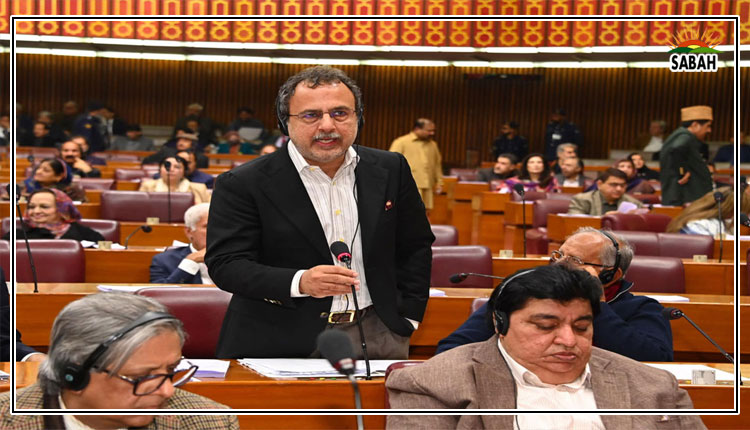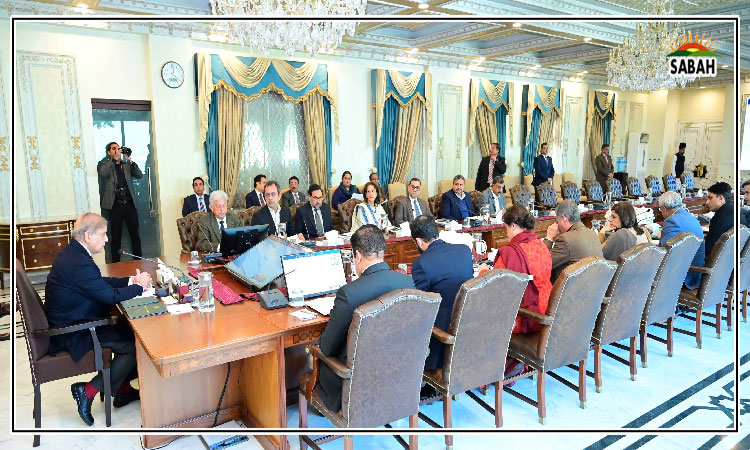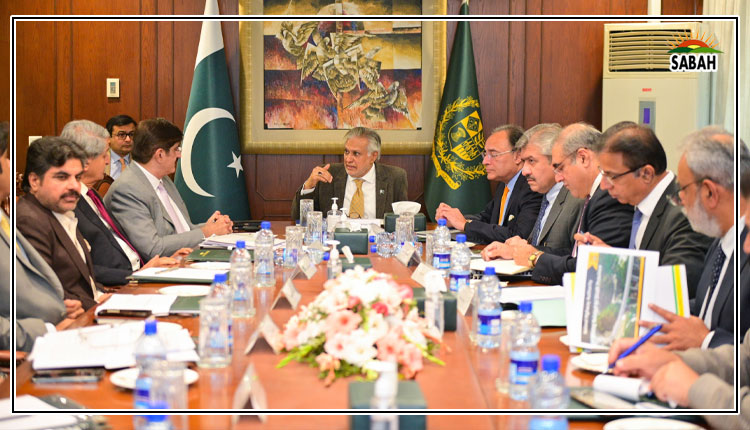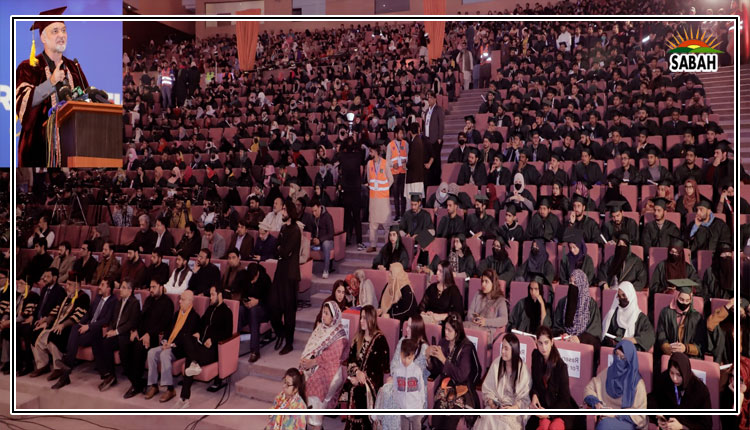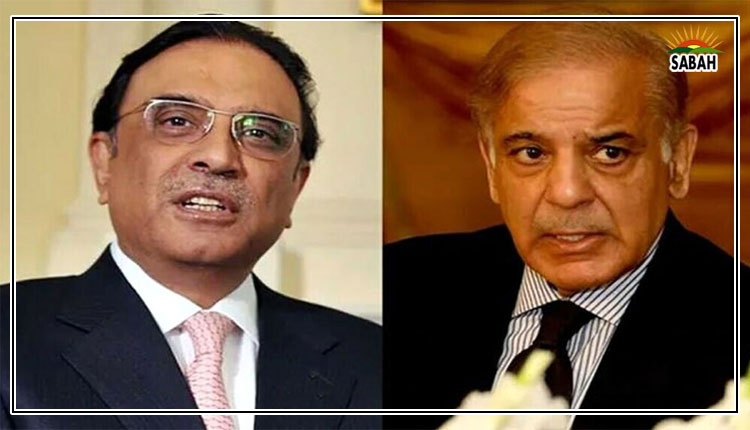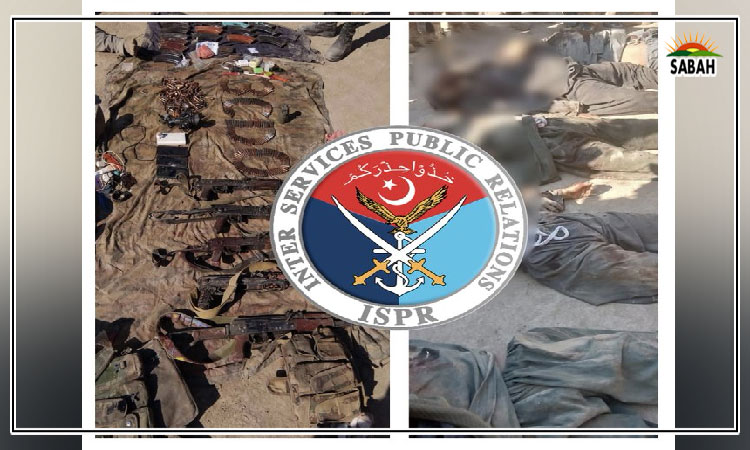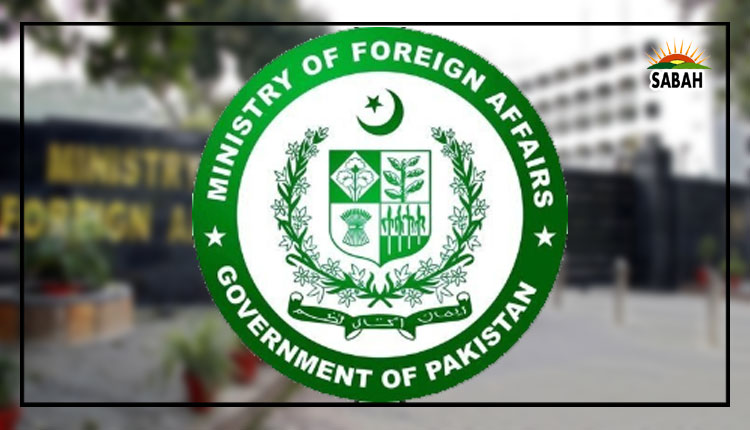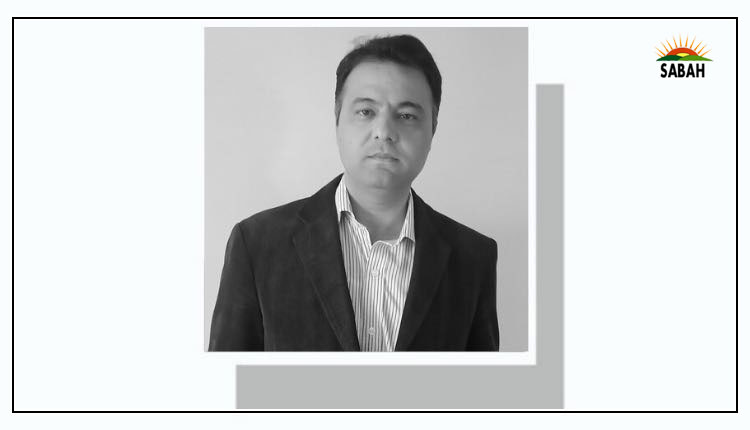Our dollar smuggling conundrum…Shahid Mehmood
IT was one of those enjoyable winter days, with the sweet warmth of the gradually setting winter sun and the surrounding fields of the village providing an experience that enriches ones soul.
The elation, however, was cut short by the arrival of Khan Ji, accompanied by a few guests, to our village hujra. For decades, Khan Ji (now deceased) had plied his business across the Pak-Afghan border.
As we sat, he surprised me by saying that he and his guests were there especially to meet me. One of the guests produced a few bundles covered in black plastic.
Upon opening them, I was astonished to see soiled US dollar bills. They asked me whether these were genuine or fake, and if they were of any use.
I recall this decade-old incident every time the issue of the dollars ascent and shortages raises its uncomfortable head. Like most economic heresy peddled around, the repeated recourse to smuggling also reflects heresy that tends to hide some uncomfortable truths.
To understand this whole business, we begin with the very simple fact that the dollar, as I asserted in my last article Dollar, rupee and Greshams law, is arguably the most sought-after asset around the globe.
This is reflected well in the fact that of the total stock printed in the US, a sizeable portion flows out. Between 1965 and 1998, the share of the US currency permanently held abroad rose by 60 times. A 2006 report submitted to the US Congress (The Use and Counterfeiting of US Currency Abroad) estimated that $15 billion were present in Pakistan and India.
In an environment where policies such as interventions to maintain a strong rupee are the norm, grey channels provide insurance against losses.
It just so happens that the world of transnational organised crime also understands this all too well, and loves its transactions in Uncle Sams bills. The size of illegal transactions (Gross Criminal Product) is staggering.
Back in 2005, the UN estimated the size of these transactions to be between $650 billion to $1.5 trillion (Forum on Crime and Society). It has only grown since then, generating even more demand for the greenback.
They started to become popular in the world of illegal trade post-World War II, as many regulators turned a blind eye to these dealings in dollars. In 1963, the Bank of England noted: However much we dislike hot money, we cannot be international bankers and refuse to accept money. We cannot have an international currency and deny its use internationally.
Now that we are aware of the global context, back to Pakistan and the needless hullabaloo that we observe whenever the dollar rises against the rupee.
First, understand that the Af-Pak dollar flows are not one-way traffic. Anthony Cordesman (The US Cost of the Afghan War: FY2002FY2013) argued that there is no reliable estimate of the total international aid flows to Afghanistan, mainly because a significant portion of this aid did not pass through the Afghan central government.
However, keeping in view the figures provided by the Congressional Research Services and the Office of Money and Budget, he estimated that overall US direct spending in Afghanistan amounted to $641.7bn during FY20012013.
Cordesmans most telling revelation, however, was that this spending was carried out with limited controls and auditing, and a substantial part of the money was reportedly smuggled out of the country to Dubai and Iran, mostly through Pakistan. The bills that Khan Ji and friends carried also came from Afghanistan during that time.
Now, has anyone from Pakistans forex association or official investigation agencies ever told you this? No! Why? It is this why part that brings forth some very interesting insights and probable answers to our puzzles. We first turn to currency dealers in Pakistan.
Asma Khalid (Pakistans Parallel Foreign Exchange Market) provided valuable insight that many of Pakistans big money exchangers evolved out of the hundi/hawala business. In an environment where dumb policies, including the Dar-esque infatuation with interventions to maintain a strong rupee are the norm, grey channels provide insurance against losses.
As in commodities like wheat, that are smuggled to Afghanistan only to return to Pakistan, making it legal and priced at an inflated rate, similar tactics are employed by many forex traders to launder their illicit dollars in Pakistan, sending them first to Afghanistan, where they can come back as legal tender using various routes like bilateral trade or Afghan immigrants, who bring them along for meeting various needs (such as immigration to Europe or North America).
How big and influential is this network? The Intelligence Bureaus latest year book(2022-23) gives us reasonable insight, identifying 722 individuals and 187 companies for dubious dealings in forex exchange.
What helped these kinds of non-market transactions gain a solid hold was apparently our establishments predilection for running private militias to attain strategic goals, be it catering to the folly of strategic depth in Afghanistan or running the jihadi enterprise.
Briefly put, one would need to be overly optimistic to believe that the forex traders or our establishment have given up on these channels for funnelling forex to their preferred destinations and groups.
The gist of the above is that the notion of dollar smuggling from Pakistan as some sort of a conspiracy against the country is utter balderdash.
Pakistan is but a tiny part of the global illicit money flows in which the dollar is the preferred asset. It only acts as a transit point, and during this transit, many get the chance to make moolah.
Top that with ridiculous policies, which include an ungainly infatuation with maintaining the rupee at a level below market rates, creating a huge black market with oversized returns, and one can understand Pakistans attraction as a conduit for illegal transactions.
So the next time someone causes an unnecessary harangue over dollar smuggling, the reader should be able to separate fact from fiction.
The writer is an economist and host of Caf Iqtisaad (YouTube). He is a research fellow at PIDE. The views expressed here are his own.
Courtesy Dawn


